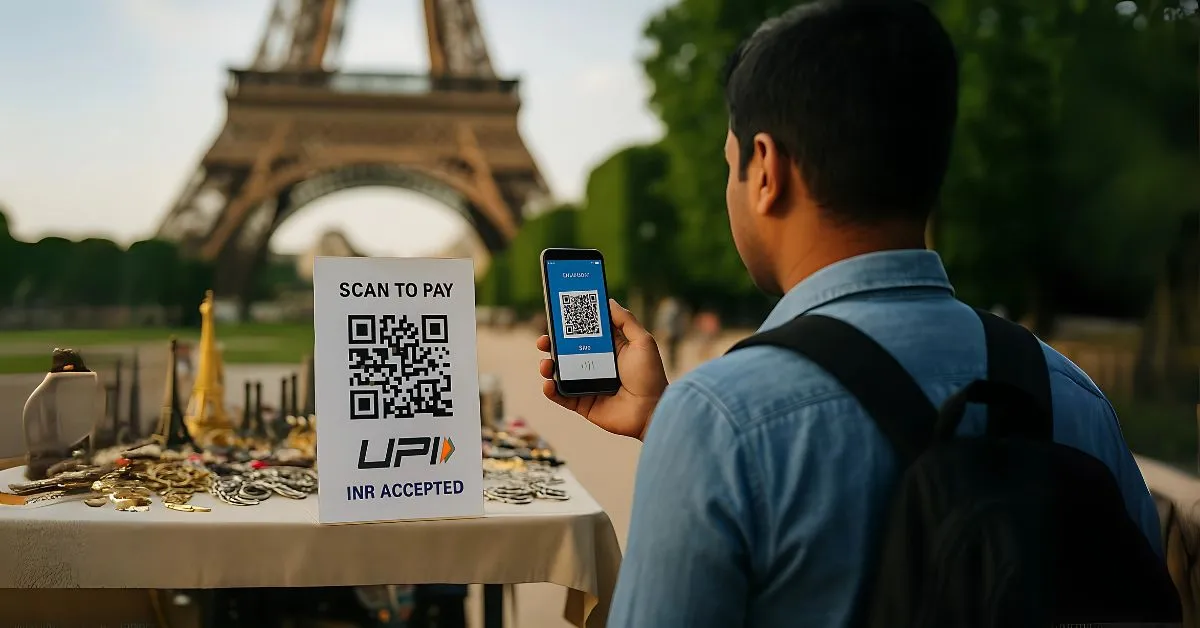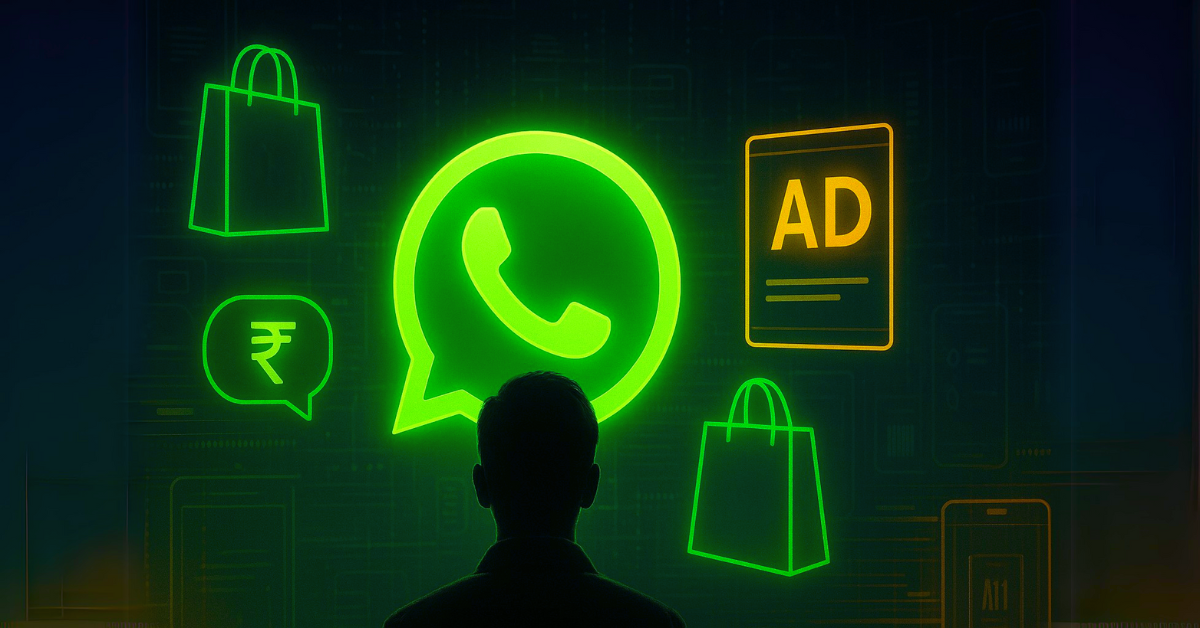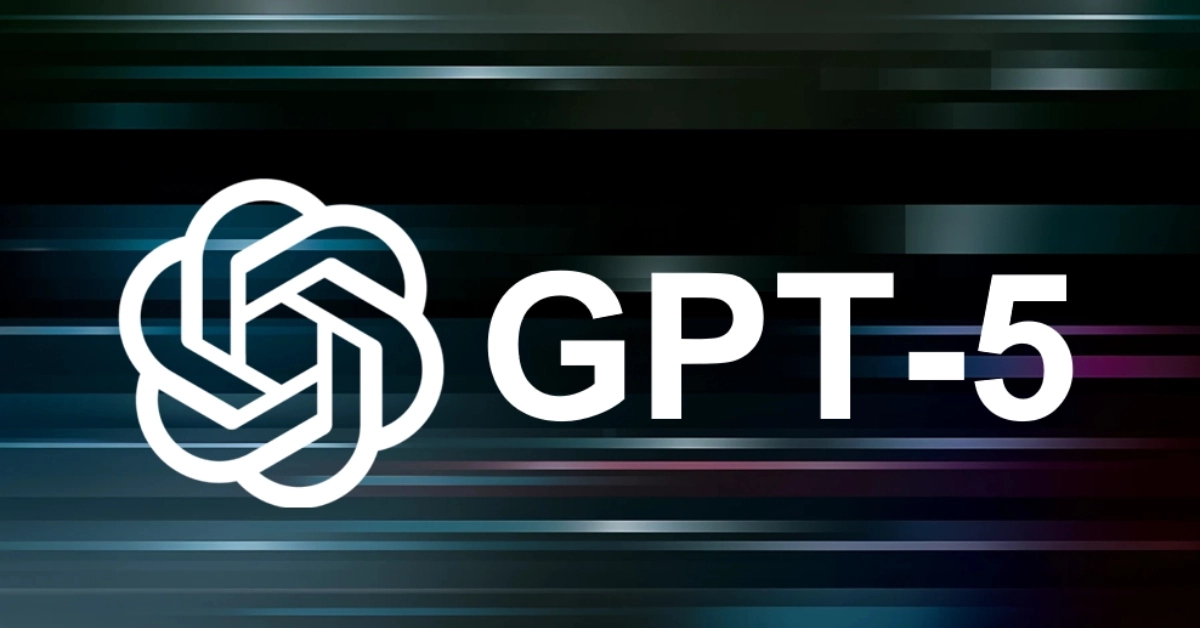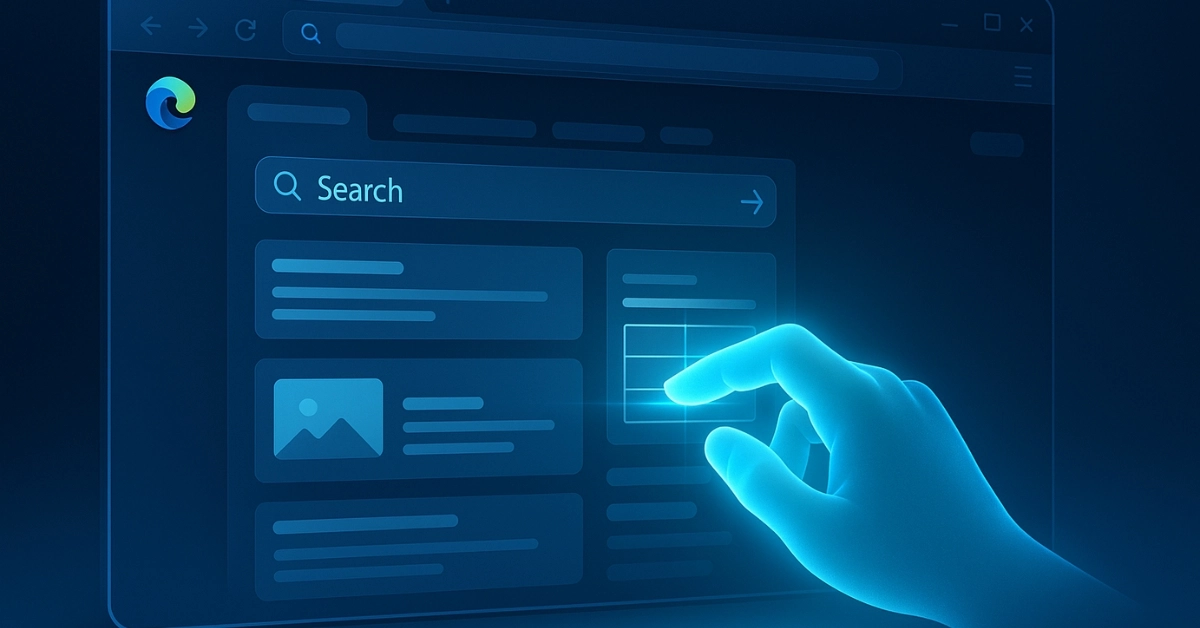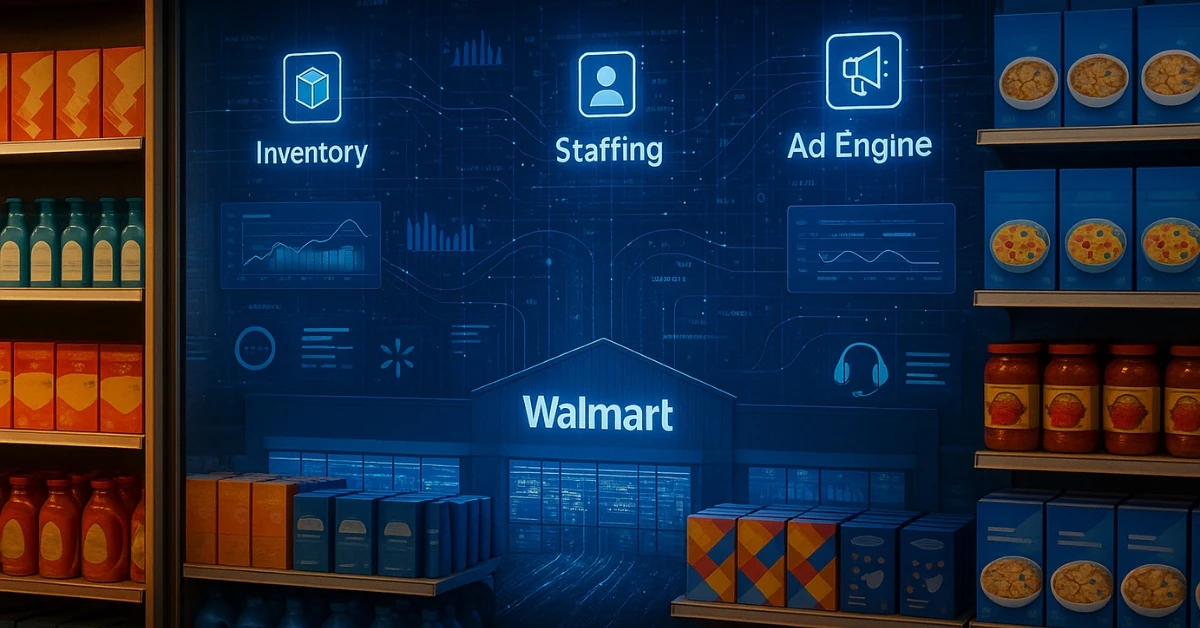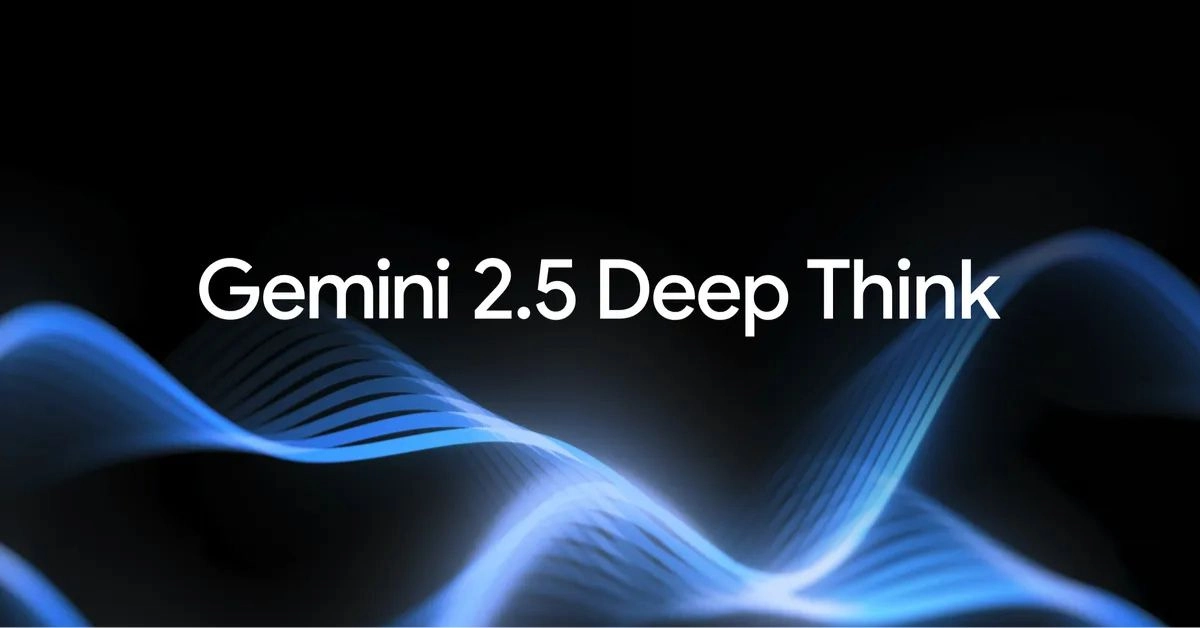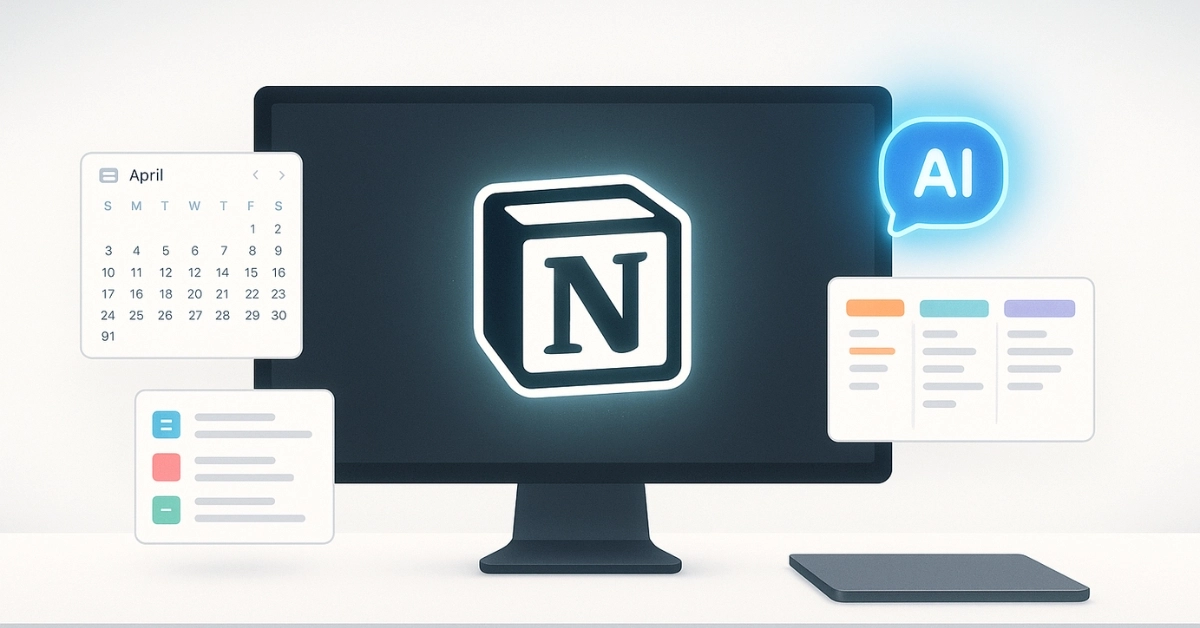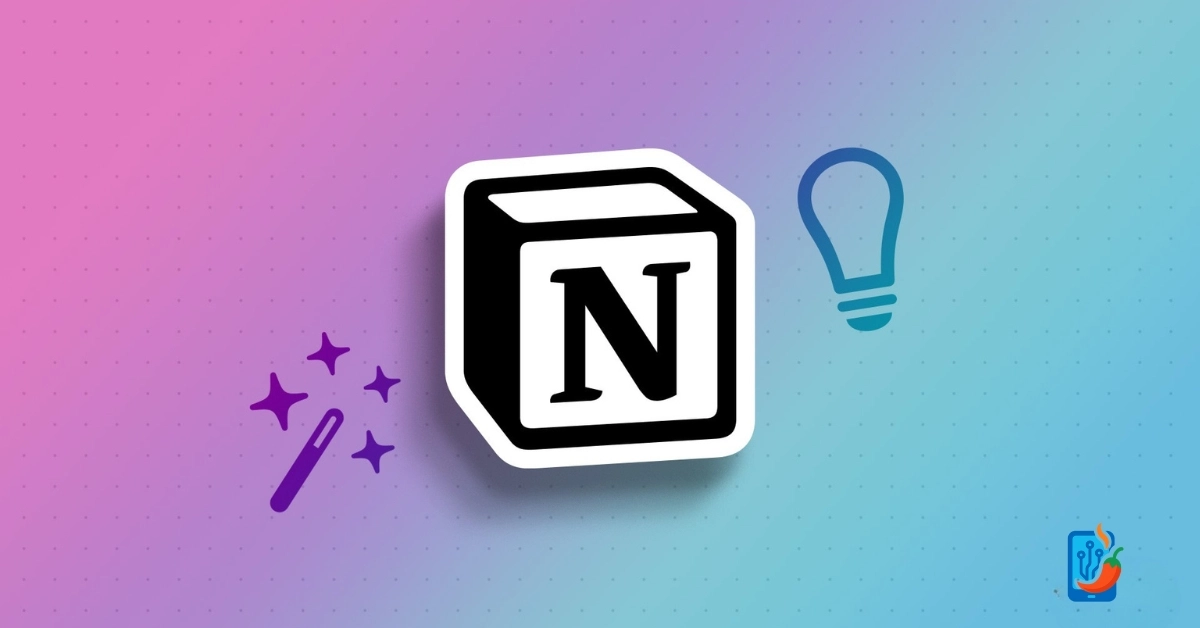India’s Unified Payments Interface (UPI) started as a simple way to send money from one phone to another. Today, it is becoming something much bigger. Backed by the International Monetary Fund (IMF), India’s UPI Global Model is being recognized as a serious blueprint for countries looking to build low-cost, inclusive digital payment systems.
This endorsement is more than a compliment. It signals a shift in how global finance is evolving. With UPI’s expansion across borders, India is not just exporting a technology platform. It is offering the world a new way to think about digital money.
IMF Applauds UPI’s Core Strengths
On June 25, the IMF published a report titled “Growing Retail Digital Payments: The Value of Interoperability.” Written by Alexander Copestake, Divya Kirti, and Maria Soledad Martinez Peria, the report calls UPI a standout example of how smart design and open access can drive mass adoption.
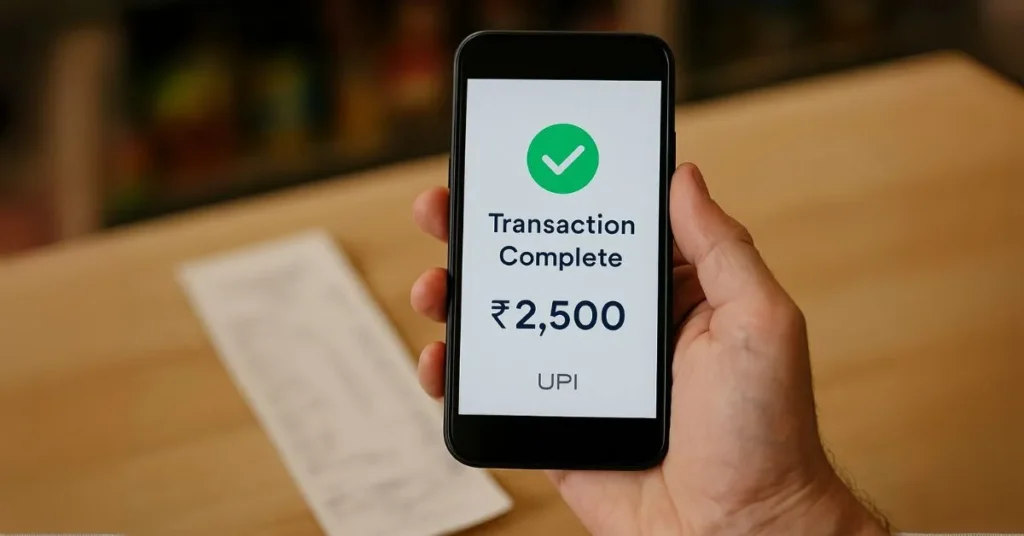
The report explains how UPI’s success comes from allowing users to choose any app or platform they like, while still being able to transact with anyone. That kind of freedom, where users are not locked into a single bank or service, is what builds trust. It also pushes fintech companies to keep improving.
The IMF believes this design — where interoperability is built in from the start — can help other nations leapfrog into digital finance more efficiently.
UPI’s Growth Wasn’t an Accident
India did not just get lucky with UPI. Behind the scenes, a well-planned ecosystem was working in sync. The IMF points to several reasons why UPI was able to scale the way it did:
- Mobile internet in India is the most affordable in the world
- The Jan Dhan Yojana brought millions of people into the formal banking system
- Aadhaar made secure digital identity verification possible
- The RBI provided regulatory clarity and support
- NPCI created and maintained the real-time payment infrastructure as a public digital utility
By April 2025, UPI was handling over 18 billion transactions in a single month. That is not a milestone. It is a movement.
UPI Is Already Going Global
India has started building payment corridors with countries like Singapore, France, UAE, Bhutan, Nepal, Mauritius, and Sri Lanka. These are not one-off pilot projects. They are structured partnerships at the level of central banks.
Now, Indians can travel abroad, scan a local QR code, and pay in rupees. The app takes care of currency conversion. It feels just like a normal UPI payment back home.
Ajay Rajan, Country Head at YES Bank, says UPI’s global rollout includes three key services:
- UPI Global lets Indians make payments overseas using their UPI apps
- UPI for NRIs now supports NRE and NRO accounts along with international mobile numbers
- UPI One World allows foreign tourists to preload INR into a digital wallet for use while visiting India
This is no longer a domestic product. It is a cross-border financial bridge.
The Remittance Shift Has Quietly Begun
In 2024, India received over 121 billion dollars in remittances. But most of that money came through slow and costly channels. The World Bank says sending 200 dollars across borders still costs an average of 6.2 percent.
UPI is changing that.
Rahul, a nurse in Dubai, used to spend over 400 rupees every time he sent money home. Now, with UPI Global, he sends funds to his parents instantly, using his regular UPI app. The only fee is currency conversion. No delays. No hidden charges.
Stories like Rahul’s are becoming more common. And when millions like him start using low-cost options, the entire remittance industry begins to feel the shift.
Why the World Is Comparing UPI to SWIFT
SWIFT is a messaging system used by banks to send secure transfer instructions. It is reliable, but also expensive and slow. UPI works differently. It is built for people, not just institutions. It is real-time. It is open. And it is already proven at scale.
As more countries look for ways to move money efficiently, UPI stands out because it is not tied to any single company. It is part of India’s digital public infrastructure. That makes it easier to adapt, integrate, and trust.
India is also supporting global efforts like Project Nexus. This initiative aims to connect domestic payment systems across multiple countries, making international payments as easy as local ones. If it works, your favorite UPI app might one day send money from Delhi to Jakarta as quickly as it does from Delhi to Mumbai.
What Still Stands in the Way
Rolling out UPI globally is not as simple as flipping a switch. Every country has its own banking rules, KYC requirements, and regulatory systems. According to EY India’s Ranadurjay Talukdar, each UPI corridor will need its own settlement bank and policy agreement.
So far, only the India–Singapore corridor is fully operational. But the pace is picking up, and new corridors are in discussion.
What makes UPI promising is not just the technology. It is the long-term commitment to building something that works at scale, across borders, and for real people.
Final Thoughts
UPI did not succeed because it was flashy. It succeeded because it was built for everyone — from a teenager scanning a QR at a chai shop to an NRI sending money to their parents from thousands of miles away.
Now, with recognition from the IMF and growing international interest, the UPI Global Model is positioned to become a gold standard in cross-border digital payments. As more countries look to replicate its design, India’s influence is spreading far beyond its borders.
This is not just a story of technology. It is a story of trust, access, and quiet transformation. And for once, the rest of the world is not just watching. It is taking notes.
FAQ’s About UPI.
Can UPI go global in India’s digital payment ecosystem?
Yes, UPI is already expanding globally through partnerships with countries like Singapore, France, and the UAE. With support from the IMF and India’s digital infrastructure, UPI is poised to become a key player in cross-border payments.
What are the countries accepting UPI payments outside India?
Outside India, UPI payments are accepted in Singapore, France, UAE, Bhutan, Nepal, Mauritius, and Sri Lanka at select merchant locations. These partnerships allow Indian travelers to pay in INR using their regular UPI apps.
Who owns UPI in India?
UPI (Unified Payments Interface) is developed and maintained by the National Payments Corporation of India (NPCI). NPCI is an initiative backed by the Reserve Bank of India (RBI) and the Indian Banks’ Association (IBA) to enable real-time digital payments across the country.

